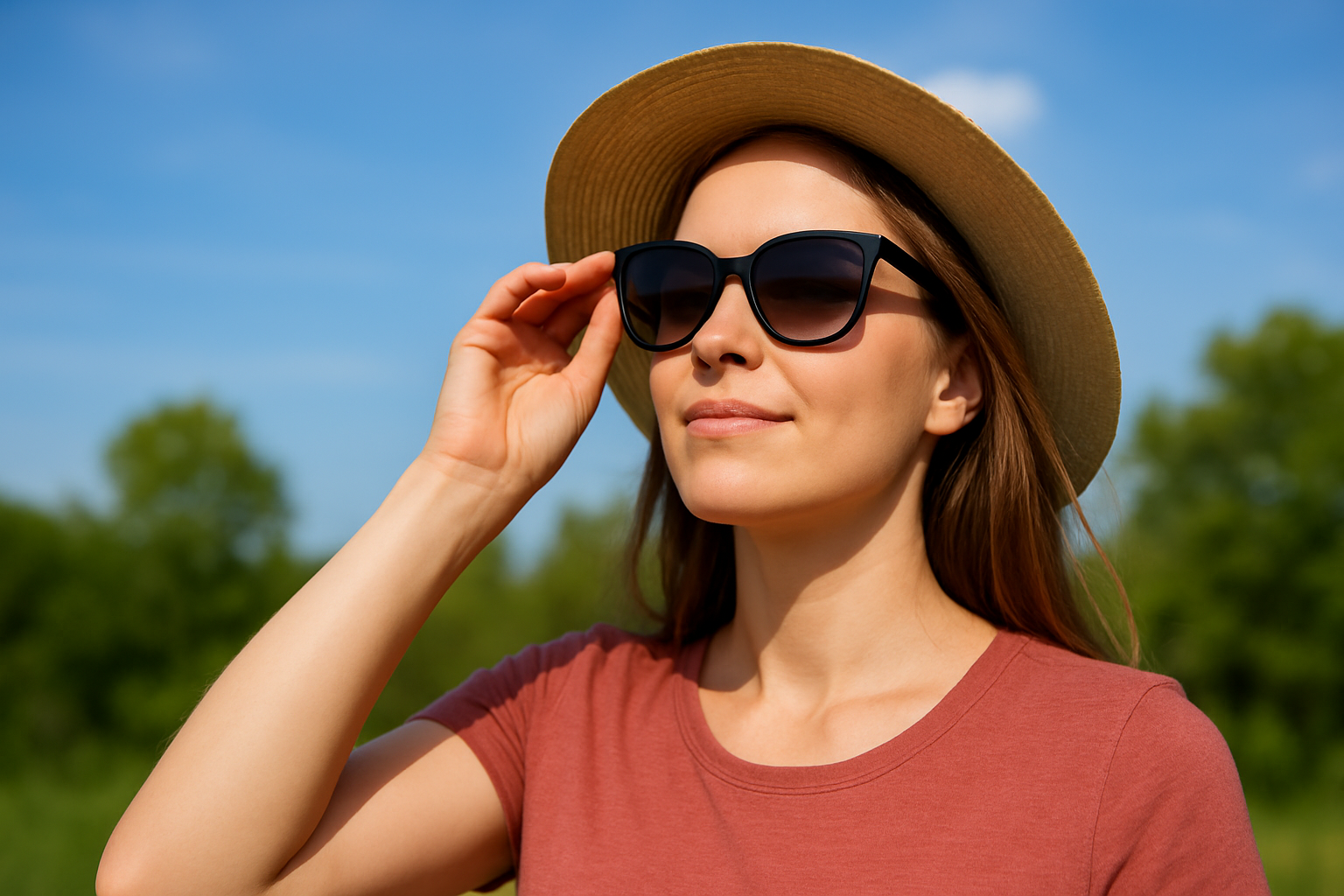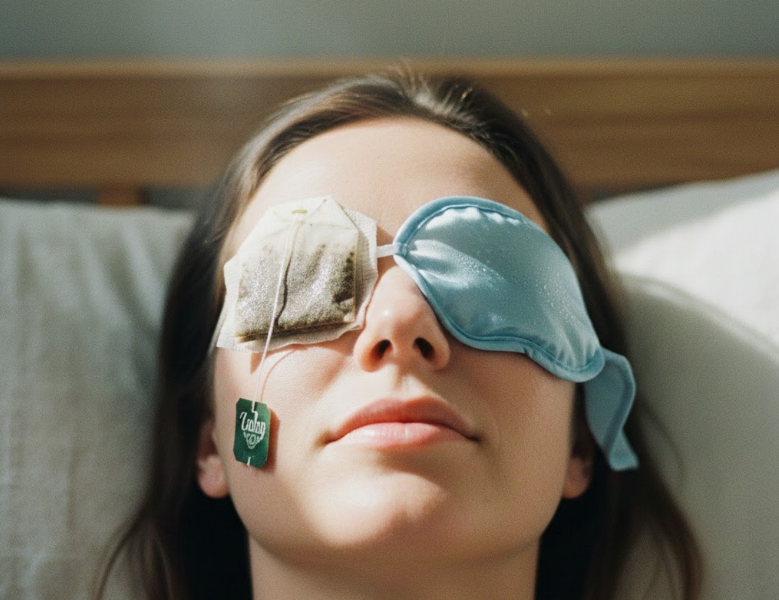Introduction
Your eyes are among the most delicate organs in your body, and just like your skin, they are vulnerable to damage from ultraviolet (UV) radiation. Prolonged exposure to UV rays can increase the risk of eye diseases such as cataracts, macular degeneration, and photokeratitis (sunburn of the eyes). Despite these risks, many people underestimate the importance of eye protection against UV radiation.
This comprehensive article explores the dangers of UV exposure to the eyes, the symptoms of UV-related damage, proven prevention methods, and lifestyle habits that can protect your long-term vision health.
What Are UV Rays and Why Are They Dangerous?
Ultraviolet rays are invisible rays of energy emitted by the sun. They fall into three categories:
- UVA rays – Penetrate deep into the eye and are linked to long-term damage like cataracts and retinal changes.
- UVB rays – More intense but do not penetrate as deeply; they cause immediate damage like photokeratitis (eye sunburn).
- UVC rays – Absorbed by the Earth’s atmosphere and do not typically pose a threat.
While your skin absorbs UV radiation leading to sunburn, your eyes can suffer a similar effect, often unnoticed until symptoms arise.
👉 Cataracts: Causes, Symptoms, Prevention, and Treatment
The Hidden Risks of UV Exposure to Eyes
- Cataracts – Long-term UV exposure accelerates clouding of the natural lens.
- Macular Degeneration – Damage to the retina’s central area can lead to permanent vision loss.
- Pterygium (Surfer’s Eye) – A growth on the eye’s surface linked to frequent sun exposure.
- Photokeratitis – A painful but temporary “sunburn” of the cornea caused by intense UV exposure.
- Skin Cancer Around the Eyes – Eyelids are especially vulnerable to melanoma and basal cell carcinoma.
Signs and Symptoms of UV-Related Eye Damage
- Eye redness and irritation
- Excessive tearing
- Sensitivity to light (photophobia)
- Blurred or hazy vision
- Gritty feeling in the eyes
- Swelling around the eyelids
If you experience these symptoms after sun exposure, it could be an early sign of UV-related eye damage.
👉 Macular Degeneration: Early Signs, Prevention, and Effective Treatment Options
Proven Ways to Protect Your Eyes from UV Rays
1. Wear UV-Blocking Sunglasses
- Always choose sunglasses labeled 100% UVA & UVB protection.
- Larger frames and wraparound styles provide better coverage.
2. Use Wide-Brimmed Hats
Wearing a hat can reduce UV exposure to your eyes by up to 50%.
3. Avoid Peak Sun Hours
UV rays are strongest between 10 a.m. and 4 p.m.. Minimize outdoor exposure during these hours.
4. UV-Blocking Contact Lenses
Some modern contact lenses come with UV protection, adding an extra layer of defense.
5. Apply Sunscreen Around the Eyes
Use mineral-based sunscreen safe for sensitive skin near the eyes.
6. Protect Your Children’s Eyes
Children are more susceptible to UV damage, so ensure they wear protective eyewear.
👉 Eye Allergies: Causes, Symptoms, and Effective Relief Strategies
Lifestyle and Nutrition for UV Eye Protection
Your diet plays a huge role in protecting your eyes from UV-induced oxidative stress. Antioxidants like lutein, zeaxanthin, vitamins C & E, and omega-3 fatty acids help reduce free radical damage.
- Foods rich in eye-protective nutrients:
- Spinach, kale, and broccoli (lutein, zeaxanthin)
- Carrots, sweet potatoes (beta-carotene)
- Salmon, tuna, flaxseeds (omega-3s)
- Citrus fruits and bell peppers (Vitamin C)
Long-Term UV Protection Habits
- Make sunglasses a daily habit, even on cloudy days.
- Replace scratched sunglasses since they lose UV protection.
- Stay consistent—cumulative UV exposure matters more than occasional intense exposure.
- Educate your family about UV risks early.
👉 The Role of Sleep in Maintaining Eye Health: Why Rest is Essential for Vision
❓ FAQ Section
👉 How do UV rays damage the eyes?
Prolonged UV exposure can damage the cornea, lens, and retina, increasing the risk of cataracts, macular degeneration, and photokeratitis.
👉 What are the best sunglasses for UV protection?
Sunglasses labeled “100% UV protection” or “UV400” block both UVA and UVB rays, offering the highest protection.
👉 Can UV rays harm the eyes on cloudy days?
Yes. Up to 80% of UV rays can penetrate clouds, making protection necessary even when it’s not sunny.
👉 Are contact lenses with UV filters enough protection?
They provide partial protection but should always be combined with sunglasses and wide-brimmed hats.
👉 How can children’s eyes be protected from UV rays?
Kids should wear UV-protective sunglasses and hats since their lenses are more sensitive to sunlight.
Conclusion
Protecting your eyes from UV rays is not just about comfort—it’s about preserving your long-term vision health. With the right combination of sunglasses, lifestyle choices, nutrition, and awareness, you can significantly reduce your risk of UV-related eye diseases.
Your eyes deserve the same level of protection as your skin. By adopting simple yet effective protective strategies, you can keep your vision strong and healthy for decades to come.



